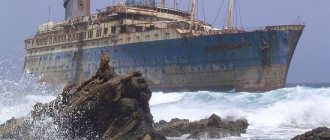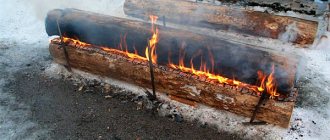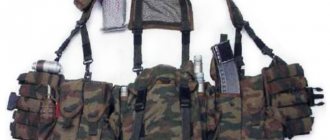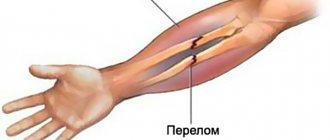If you find yourself in an extreme situation, all the instructions unanimously state that you cannot leave the place in which the person finds yourself, and the need to show signs of distress. Since there are various extreme situations, the number of existing SOS signals is very large.
You should know that if you find yourself in a difficult situation, be it a building collapse, an avalanche, a hurricane, a landslide, etc., it is not recommended to leave the place of confinement or the area on your own. If there is a chance to get help, immediately after analyzing the situation, you should start showing signs of distress.
Submitting distress signals without special means
If you do not have the necessary equipment, you can always resort to improvised means. Thinking outside the box is especially important here, but there is a “backbone” of certain recommendations, so it’s worth considering time-tested options.
Fire distress signals
Such signals should be given either in the evening at dusk or at night. To do this, you need to build a large fire from dry branches or set fire to a tall tree. Such a signal from a great distance will be visible long enough to be detected. The process of arson can be made easier if you find a trunk with a hollow. The main thing to remember is that you should choose a lonely tree so as not to start a fire.
Smoke signals of distress
Smoke signals are most effective from morning until evening. Smog can rise very high and is therefore noticeable from above. It is worth remembering that the desired color of smoke should stand out from the environment as much as possible. For example, on a clear day black smoke (tires, rubber) is more visible, while in the evening white smoke (green leaves, moss and damp logs) is more visible.
Distress lights
Even if you don’t have a mirror at hand, you can use any polished surface (glass, metal). In clear weather, a sunny “bunny” can be seen 60 km away in normal terrain, and in the desert – 160 km away. It is important to remember that the light cannot be directed into the cockpit of a car or helicopter for more than 2-3 seconds, otherwise there is a risk of blinding the driver/pilot.
Shadow distress signals
With proper skill, such signs can be quite effective - they are used mainly in remote areas. The advantage is that the method is self-sufficient - a conscientiously constructed structure will no longer take up the creator’s time. The stronger and more noticeable it is, the better, the main thing is to choose the most open place.
A three-letter word: how it came into use
Before the invention of radio, many different distress signals were already used on ships. They were signaled using semaphore flags, signal lights and an onboard bell. When radio was invented and the first radio stations began to appear on ships, the need arose to standardize the transmitted signals. But no agreement could be reached due to competition between national radiotelegraph companies. As a result, almost every shipping company had its own distress signal, and the confusion was terrible.
It took two International Radiotelegraph Conferences to put an end to this. Both took place in Berlin in 1903 and 1906. At the first, it was decided to give priority to distress signals on the air. At the second, they agreed on a single distress signal, and all others were outlawed. We also agreed to allocate a frequency for transmitting this signal and arrange regular minutes of on-air silence. Since then, 48 times a day, twice an hour (from the 15th to 18th minutes and from the 45th to 48th) there were three minutes of silence on the air. At this time, all messages were cut off mid-sentence, and radio operators all over the world tuned to a frequency of 500 Hz in anticipation of distress signals.
SOS signals to aircraft
When giving distress signals to aircraft, you need to imagine what it will look like from the air. It is necessary to take into account factors affecting the effectiveness of the signal:
- volume and size;
- proportions (especially important when laying out letters);
- right angles and broken lines (rarely found in nature);
- contrast;
- lining with stones or soil (will add a shadow signal effect);
- location (maximum visibility from all sides);
- meaning (the distress signal must be intuitive).
It makes sense for a suddenly appearing helicopter or low-flying aircraft to give distress signals with your hands. If the pilot understands the gestures, he will swing the wing or turn on the green lights. If the pilot does not understand the meaning of the signs, then most likely he will go into the second circle.
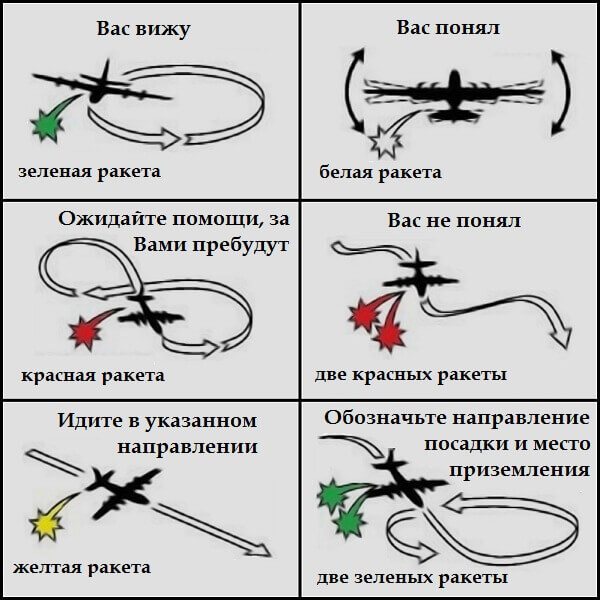
Explicit visual cues
Arrows, lines, pointers, the direction of a person’s gaze in the picture clearly show where to look. Just note what the user should pay attention to first.
Outbrain, an online advertising tool, uses arrows to highlight a specific service. Unique proposition: “Attract quality traffic. Get more leads and sales." The arrow points to the section with cases with the phrase “Your content will be here”:

The Russian startup “Buy a loaf” uses colored arrows:

Arrows are also useful on interactive pages. An example is Lumosity, a developer of online logic simulators:

Boardvantage, a platform for corporate communication, has an arrow showing where to click. The inscription next to the arrow “Click to see real cases”:

Ecwid, a website builder, uses arrows to show the benefits:

The arrow is useful for guiding users under the “fold” line (the one below on the next screen). In the Instapage example, it leads to “30 Tips on How to Get High ROI from Facebook Ads”:

Skype directs the visitor far below the fold with an arrow:

Strikingly's website builder uses an animated arrow to the left of the form to draw attention to it:

People tend to look in the same direction as others. The gaze of the person in the image not only guides the visitor, but also adds emotion.
A great example is the landing page of US presidential candidate Hillary Clinton. Just look at this look, full of prayer. The cat from Shrek is resting.

Mrs. Clinton's gaze is directed at the donation form. The caption reads: “If you and Hillary are ready to win, donate now.”
In the following example, we follow the view that is directed to the "Join an official campaign" form:

The iCIMS HR platform uses several visual signals at once:

Headline: “Hire only highly qualified personnel.” This combines eye direction to the “View Free Demo” lead form and a pointing image.
Below is an example from the online recruiting automation service FriendWork Recruiter:

What works better: an arrow or the direction of view? Conversion XL did their own research and found that the arrow gets more attention.
In the chart you can see the average time that users spent on an element:

Names of elements in order:
- Arrow
- Control option without signal
- Direction of view. Looking in the opposite direction
- Line
- Selected form
- Triangle.
Heat maps and eye movement maps (eye trackers) helped:
Names of elements in order:
- A Look at the Form
- Looking in the opposite direction
- Arrow
- Triangle
- Line
- Selected form
- Control option.
This doesn't mean you need to draw an arrow everywhere. Try it, do A/B tests, look for an option that suits you specifically.
International maritime distress signs
A storm, storm or emergency can put the lives of the ship's crew at risk if they are not provided with outside support. To do this, it is vital to transmit a signal for help that can attract the attention of coastal services or passing ships. These are:
- orange smoke bomb;
- an open source of flame on a ship;
- raising and lowering arms extended to the sides;
- red fire flare;
- flag of the international code of signals November Charlie (NC);
- the national flag turned upside down;
- a square flag with a ball at the bottom or top;
- continuous sound of fog signal equipment;
- red parachute rocket.
Distress signals and warnings of dangers to navigation
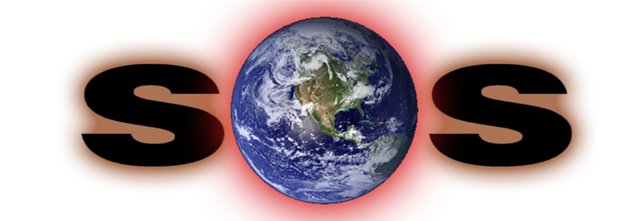
A distress signal means that the sending ship or seaplane on the water is in distress and requires help from other ships or from the shore.
In case of distress, the following signals, given simultaneously or separately, should be used:
a) cannon shots or other signals produced by explosion at intervals of about 1 minute;
b) continuous sound from any device designed to produce fog signals;
c) rockets or grenades that emit red stars, fired one at a time at short intervals;
d) a signal transmitted by radiotelegraph or using any other signaling system, consisting of a combination of sounds • • • — — — • • • SOS in Morse code;
e) a signal transmitted by radiotelephone with the word “Made”;
f) distress signal according to the International Code of Signals - NC;
g) a signal consisting of a square flag with a ball or something resembling a ball above or below it;
h) flame on the ship (for example, a burning tar or fuel oil barrel, etc.);
i) a red rocket with a parachute or a red flare;
j) smoke signal - release of puffs of orange smoke;
k) slow and repeated raising and lowering of arms extended to the sides;
l) radiotelegraph alarm signal;
m) radiotelephone alarm signal;
o) signals transmitted by emergency radio beacons, indicating the location of the disaster.
It is prohibited to use or display any of the above signals for purposes other than indicating distress and the need for assistance; The use of signals that may be confused with any of the above signals is also not permitted.
Attention should also be paid to the relevant sections of the International Code of Signals, the Guide to Search and Rescue of Merchant Ships, as well as the possibility of using the following signals:
a) an orange panel with a black square or circle or other appropriate symbol - for identification from the air;
b) a colored spot on the water.
“Alert” means that the vessel issuing it will immediately follow up with radio distress signals. The radiotelegraph alarm signal is designed to activate auto alarms on ships. The radiotelegraph alarm signal consists of a group in dash 12, transmitted within 1 minute; the duration of each dash is 4 s, and the duration of the interval between two subsequent dashes is 1 s. The radiotelephone alarm signal consists of two sine-wave audio tones transmitted alternately. One tone has a frequency of 2200 and the other 1300 Hz. The transmission duration of each tone is 250 ms. When transmitting a radiotelephone alarm signal automatically, it must be transmitted continuously for at least 30 s, but not more than 1 minute; if the signal is transmitted by another method, it must be transmitted, if possible, continuously for at least 1 minute.
“Urgency Signal” means that the calling station has an urgent message to transmit concerning the safety of a marine vessel or the safety of a person. The urgency signal in radiotelegraphy consists of three repetitions of the group XXX, transmitted with sufficient spaces between the letters of each group and subsequent groups. The urgency signal in radiotelephony consists of repeating the group of words PAN PAN PAN three times.
A “safety signal” sent before the calling signal indicates that the station intends to transmit a message containing an important navigational or important weather warning. In radiotelegraphy, a safety signal consists of three repetitions of the TTT group. The individual letters of each group and the subsequent group are clearly separated from one another. In radiotelephony, the security signal consists of repeating the word “SECURITE” three times.
The captain of each vessel that encounters dangerous ice, dangerous floating objects or any other imminent danger to navigation, or a tropical storm, or is exposed to gale force winds at an air temperature below 0 °C, causing severe icing of superstructures, or is exposed to winds at a speed of 27 m/s or more, for which a storm warning was not received, is obliged, by all means at his disposal, to transmit an emergency warning of a danger to navigation to nearby ships, as well as to the competent authorities of the first coastal point with which he can contact. The form in which notifications are transmitted is arbitrary. They may be transmitted either in clear text (preferably in English) or using the International Code of Signals.
International radio distress signals
Sending a distress signal via radio is carried out by repeating the code word three times:
1) Mayday (Mayday) - a shortened variation of the French phrase venez m'aider m'aidez (come to my aid, help me), used in case of very serious danger;
2) SOS (SOS) - English abbreviation save our souls (save our souls);
3) Pan-Pan (Pen-Pan) - a derivative of the French word panne (breakdown), used for a less serious danger.
It is important to realize that the main special means for sending distress signals is a sharp mind and ingenuity. When it comes to survival, extraordinary thinking and developed imagination will serve invaluable service. For example, many people use a homemade kite as an identification mark. But in any case, the recipe is quite simple - the method of sending a distress signal should be minimally costly and maximally noticeable.
Types of distress signals
Depending on the method of presentation, the means used, and the focus on the object, there are the following types of distress signals:
- Light. This type includes distress signals sent using objects that reflect light or illuminate the area.
- Smoke
- Gesturing: used to provide signs that will be noticed by helicopter pilots during a significant descent.
- Informational: used when it is necessary to indicate the need to leave the disaster site (camp) with directions.
- Visual on water: dyes are used to color the water.
- Sound: whistle, shouts, shots from weapons, firecrackers.
- Radio signals using direction finders, mobile phones, radio stations.
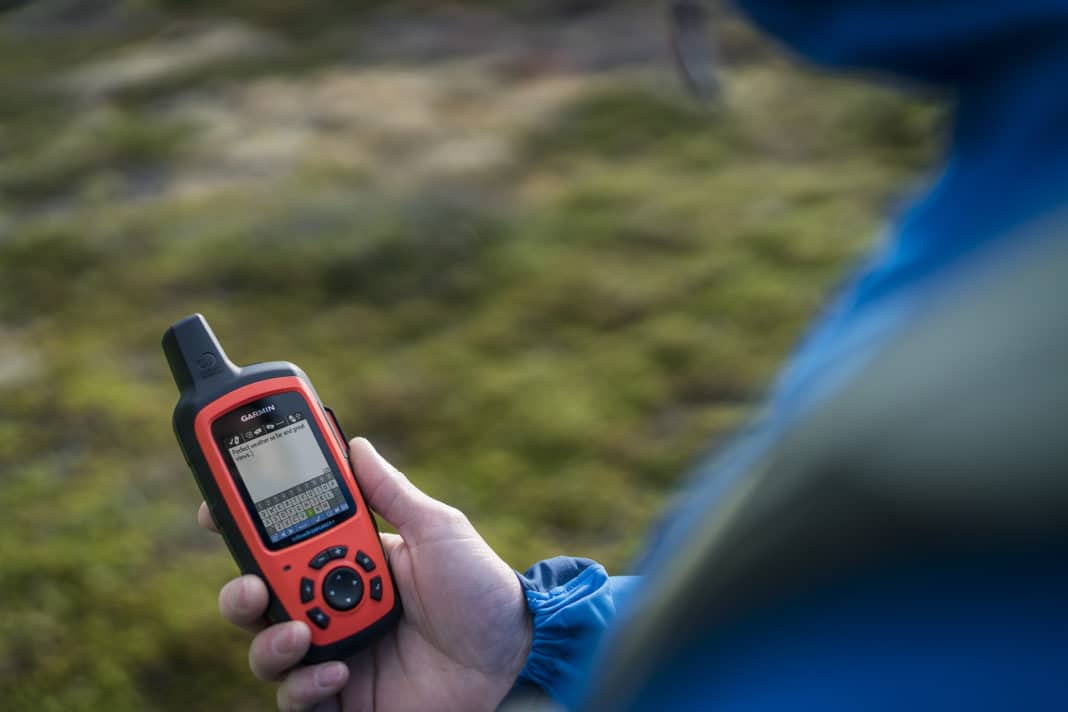
Distress Signaling



